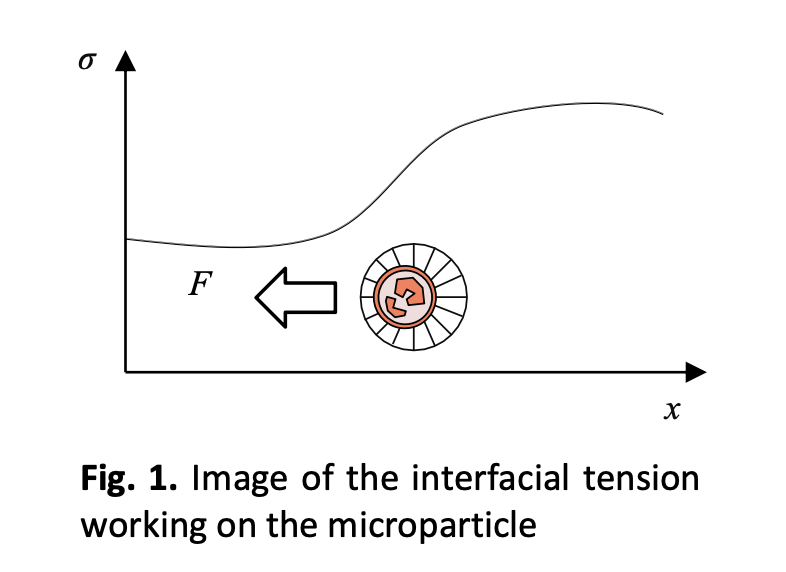Experimental and Theoretical Study of Propulsion Mechanism with Neutrophil Rotation by using Concentration Marangoni Effect
DOI:
https://doi.org/10.37934/arfmts.108.1.114125Keywords:
Neutrophil, Chemotaxis, concentration gradient, Cytokine, Marangoni effectAbstract
In the immunological systems, neutrophil propulsion is considered to be driven by the concentration gradient of cytokines. However, the mechanism of propulsion has not been elucidated yet in previous research. In our investigations, assuming that neutrophil moves by the concentration Marangoni effect, the concentration gradient of cytokine on the neutrophil membrane was experimentally examined. The result showed that the cytokine concentration gradient on neutrophil membranes periodically changed. It indicates the possibility that neutrophils move while rotating under the cytokine concentration gradient. However, the neutrophil's rotation is difficult to be observed because experimental verification is limited due to the accuracy and sensitivity of the present measurement system. Therefore, no evidence has been found yet for a relationship between neutrophil velocity and rotation. In this study, assuming that the neutrophil is rotating, this relationship is investigated by theoretical and experimental approaches. As for the theoretical approach, the neutrophil velocity by the concentration Marangoni effect is calculated by using a special mathematical model. From this result, it was found that the velocity is high when the period is short. As for the experimental approach, to obtain the velocity and the concentration gradient on the membrane, neutrophil velocity and distribution of cytokine concentrations are observed with microscopy. In the experiment, the period of rotation was obtained from the time history of the concentration gradient by FFT (Fast Fourie Transform). From the results, the following three findings were obtained. At first, neutrophil velocity is not constant and vibrates. Second, when the rotation period is short, the velocity is fast. Third, when the distance between the neutrophil and the wall is close, the rotation period is longer and the velocity is lower. From these findings, it was concluded that neutrophil rotation is an important role in neutrophil’s propulsion mechanism.
Downloads
































